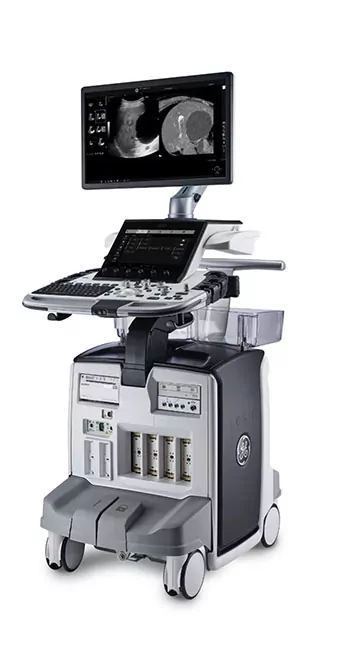Investing in an ultrasound system marks a significant step forward in enhancing diagnostic capabilities within veterinary practice. However, before taking the plunge, veterinarians must carefully weigh the advantages and disadvantages of two primary options: console and portable ultrasound systems.
Both designs offer distinct benefits. Console systems, due to their larger size, typically boast enhanced processing power, resulting in superior image quality. Yet, modern portable systems have narrowed this gap, delivering high-quality imaging comparable to their larger counterparts. Moreover, the portability of these systems facilitates on-the-go diagnosis, extending veterinary services to diverse settings like equine facilities, farms, zoos, and marine animal care centers.
Let’s delve into key considerations when choosing between console and portable ultrasound systems:
Is a Console Ultrasound Suitable for My Practice? Console ultrasounds excel in delivering top-tier image quality, but other factors warrant consideration:
- Space Availability: With a footprint of approximately 3′ x 3′, console systems demand adequate room for maneuverability and storage.
- Image Quality Requirements: If your practice mandates the highest image resolution, a console ultrasound might be the optimal choice, especially for intricate diagnoses.
- Need for Advanced Technologies: Advanced features like elastography, strain, and contrast ultrasound are often more readily available in console systems, catering to practices with specialized diagnostic demands.
- Ergonomic Design: Console ultrasound systems typically feature larger, adjustable monitors, and keyboards, enhancing comfort and efficiency during examinations.
Is a Portable Ultrasound Suitable for My Practice? Portable ultrasound systems offer versatility and mobility, particularly beneficial for practices with varying diagnostic needs:
- Offsite Diagnosis: If your practice extends beyond clinic walls, a portable ultrasound enables on-the-go diagnostics, broadening revenue streams and service accessibility.
- Space Considerations: Compact and easily storable, portable ultrasounds are ideal for practices constrained by limited space.
- Battery-Powered Operation: The ability to run on battery power enhances the portability of these systems, facilitating diagnostics in remote or outdoor settings.
Selecting the Right Portable Ultrasound: When opting for a portable ultrasound, careful assessment of specific needs and functionalities is imperative:
- Weight and Portability: Consider the weight and size of the ultrasound unit, ensuring it aligns with your transportation capabilities and usage scenarios.
- Image Quality: Balance portability with image quality, opting for models that offer adequate penetration and resolution for diverse patient profiles.
- Technological Advancements: Newer portable ultrasound units bridge the gap between portability and performance, offering comparable diagnostic capabilities to console systems. These models are favored among specialists for their versatility and diagnostic accuracy.
In conclusion, the choice between console and portable veterinary ultrasound systems hinges on various factors, including practice requirements, spatial constraints, and mobility needs. By carefully assessing these considerations, veterinarians can make informed decisions, optimizing diagnostic capabilities, and enhancing patient care within their practice.

